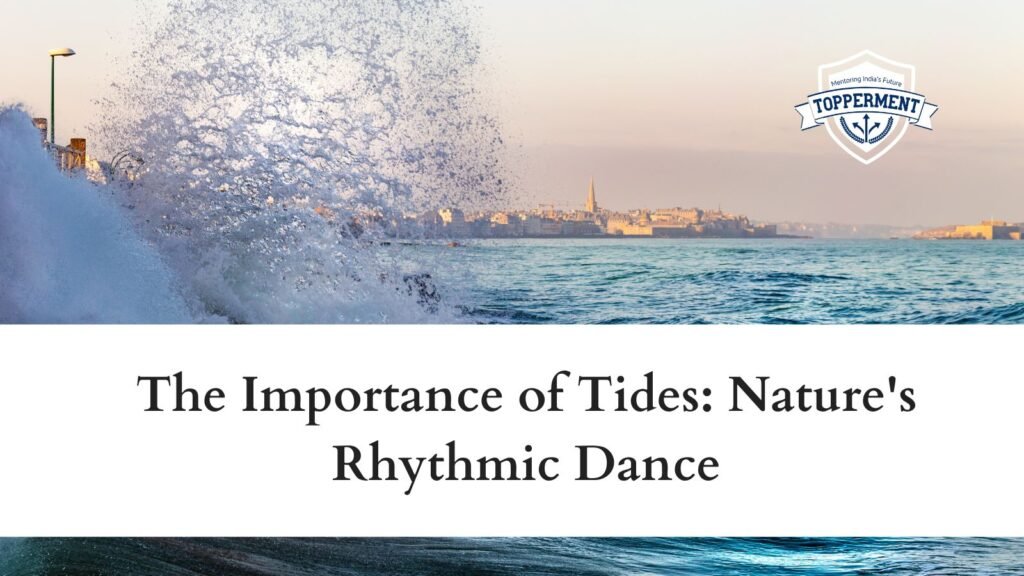Tides are natural phenomena that occur due to the gravitational forces exerted by the moon and the sun on the Earth’s oceans. This rhythmic rise and fall of sea levels hold immense importance, influencing various aspects of our planet and affecting both natural and human activities
Environmental Balance:
Tides play a vital role in maintaining the delicate balance of coastal ecosystems. They help regulate the distribution of nutrients and oxygen, promoting the growth of diverse marine organisms. The ebb and flow of tides also contribute to sediment transport, aiding in the formation and preservation of coastal habitats such as beaches, estuaries, and marshes.
Navigation and Transportation:
Tides have been crucial for navigation and transportation since ancient times. The rise and fall of water levels in harbors and coastal areas allow ships to access ports and navigate through channels. Understanding tidal patterns helps sailors plan their voyages and avoid hazards like shallow waters or strong currents. Additionally, tides facilitate the movement of goods and enhance trade between regions.
Renewable Energy:
The energy potential of tides has gained significant attention in recent years. Tidal power harnesses the kinetic energy generated by tidal movements to produce electricity. This renewable energy source offers numerous advantages, including reliability, sustainability, and minimal environmental impact. Tidal power plants can contribute to reducing greenhouse gas emissions and provide a consistent and predictable source of electricity.
Coastal Protection:
Tides contribute to the natural defense mechanisms of coastlines. During high tides, the increased water levels help dissipate the force of waves, reducing the risk of erosion and flooding. Coastal communities can utilize tidal patterns to develop strategies for managing and mitigating the impact of sea-level rise, ensuring the safety of vulnerable areas
Tides are a mesmerizing natural phenomenon that profoundly impacts our planet. Their influence extends from ecological balance and navigation to renewable energy generation and cultural significance. Understanding tides and their patterns is essential for sustainable coastal development, preserving marine ecosystems, and adapting to the challenges posed by climate change
Also Read
- Tips for drawing maps in Geography Optional | UPSC Geography Optional
- Traditional Knowledge: A Crucial Role in Biodiversity Conservation | UPSC Environment
Follow Us For More Content On:
https://www.instagram.com/topperment/
Tag:Coastal Protection, Environmental Balance, Geography, IAS, IFS, India, IPS, IRS, Navigation, Renewable Energy, Sea, Tides, Transportation, UPSC


